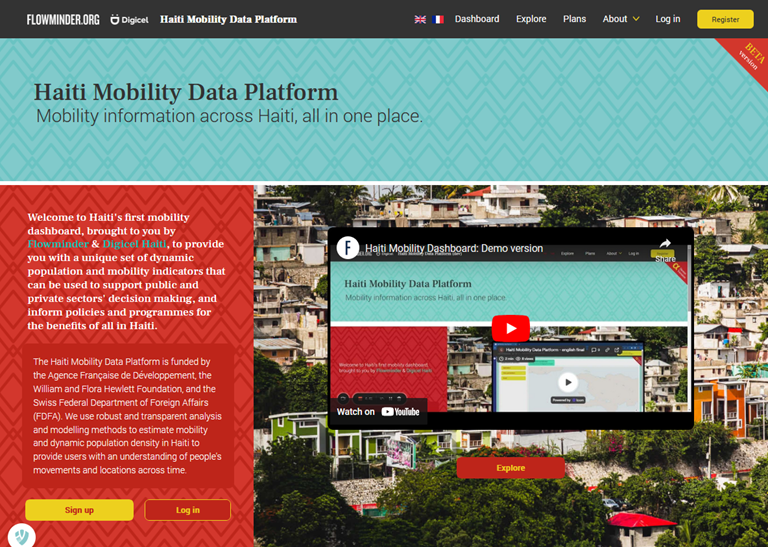V4.0 has been released!
Release date: 04 February 2025
We're constantly working to improve our estimates and metrics. In addition to updating our statistics on a monthly basis, we will also be releasing new versions regularly to bring innovation and corrections to our methodology and ancillary datasets, and provide you with the best dataset possible.
We’re pleased to introduce v4.0 statistics. Here's a summary of the changes:
Key take-aways:
- The country population total is now constant for the entire time series at 11,743,017 (see corrections below)
- v4.0 is an overwrite of the entire dataset (data from January 2020 to now) due to two main corrections affecting the whole dataset (see below)
- There are no changes to our methodology to estimate residents, relocations, presence and movements, and no additional sources for input data (only corrections). They remain the same as v3.0.
Corrections:
- Calibration and corrections of baseline population estimates:
- Calibration of baseline population estimates: We've calibrated the baseline estimates we use (January 2020) so that the country total matches the 2020 country total from IHSI, resulting in a downward correction of approximately 161,000 persons or -1% compared to version 3.0.
- Use of Microsoft building footprint for correction of two communal sections: We have corrected the baseline estimates for the following sections using Microsoft building footprints, a correction that was previously only included in v2.2:
- 2e Section Petite Source, Anse-à-Galets, Ouest (HT0151-02), and
- 1re Section Palma, Anse-à-Galets, Ouest (HT0151-01)
- Adjustments to take into account major network disruption from fuel crisis in October-December 2022, for the monthly resident and relocation statistics: we have redacted the monthly relocation flows for October-November 2022 and November-December 2022 to ‘missing’ for data quality reasons.
- To interpolate resident population change during this period, we used the median relocation flows from previous months
- The interpolation of relocation inflows and outflows for the months October and November 2022 is now calibrated so that total inflows are equal to total outflows.
Reminder: Residents & Relocations categories
- Scaled and corrected to be representative of the whole population and to reduce the influence of phone usage behaviour
- Unadjusted for population change due to births, deaths, immigration and emigration: this version does not include a population change rate) (like v3.0 and v2.2). This is because no data on this is available after 2018, and as a result, it does not reflect the current situation.
Differences between v3.0 and v4.0
Overall, our corrections in this 4.0 version have led to relatively small changes compared to our v3.0 estimates (for all sections and all months), with the exception of the two sections covering Anse-à-Galets (Gonâve Island) where using building footprints has led to a large adjustment.
Methodology information & contact us
If you have any questions about these changes and our estimates, please have a look at our methodology here (in English) or here (in French). For information about previous versions, please click here.
For queries or information about the Haiti Mobility Data Platform and associated data, please contact us at haiti.mobility-dashboard@flowminder.org.
Explore the data
Our Haiti Mobility Data Platform provides population distribution and mobility statistics across Haiti, all in one place.
Upon registration and account approval, you will get access with a unique set of dynamic population and mobility estimates, metrics and indicators that can be used to support decision-making, and inform policies and programmes for the benefits of all in Haiti.
